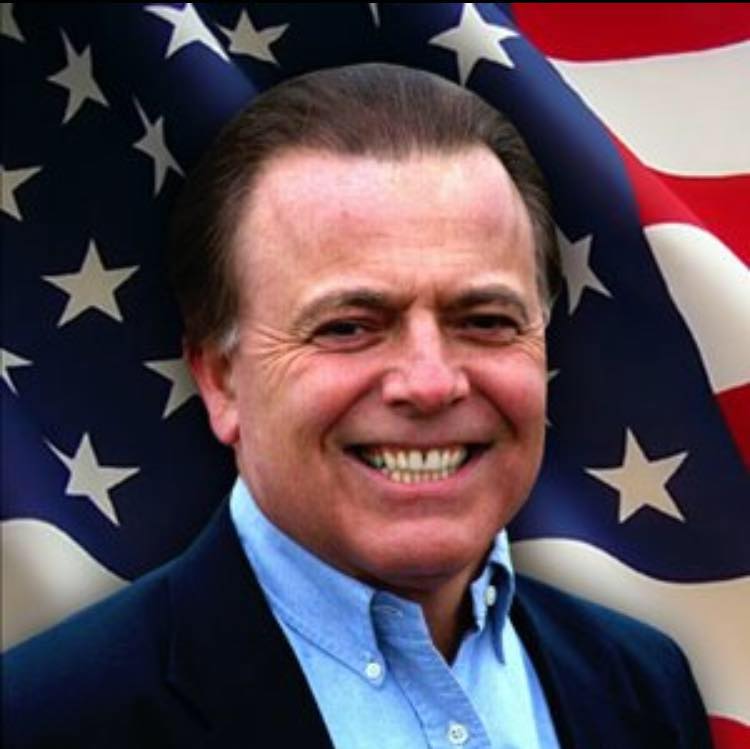Senator Pennacchio to Hold a Fusion Energy Symposium

| Senator Pennacchio to Hold a Fusion Energy Symposium
Sen. Joe Pennacchio (R-26) will hold a symposium on fusion energy with leaders from academia and industry at the State House Annex on Thursday, May 23. Pennacchio is a long-time advocate of the development of fusion as an energy source and has sponsored legislation in the New Jersey State Senate encouraging the support and development of fusion power. Achieving commercial development of fusion energy would revolutionize the world economy. It would signal a new era of economic and scientific development worldwide. July 20th is the anniversary of the American achievement of landing men on the moon. What better time to assess the needs and funding for a new great achievement – by the United States, and now with other countries around the world? Who: Senator Joe Pennacchio; experts from national laboratories, businesses, and researchers in the field who will present their work, and share their knowledge of what is being undertaken, and what lies ahead. What: Fusion Energy Symposium – Senator Joe Pennacchio (R-26) will sponsor a hearing on the topic: “What are the Prospects and Requirements for the Early Development of Fusion Energy, and what are the Implications for the U.S., New Jersey, and the World?” Where: State House Annex, Committee Room 6 When: Thursday, May 23, 2019 from 9 a.m. to 1 p.m. The hearing will consider: How can we speed up the prospect of fusion energy development? What are the state, national and international projects now being developed? How do they differ or concur in approach? What businesses in New Jersey are already involved in these projects, and how would a national commitment affect such activity? How would full funding for fusion development play itself out in terms of American education and the training of researchers and scientists in American universities, and the creation of new spin off technologies? What is the implication of the expansion into space – from the Chinese landing on the far side of the moon, to the US commitment to return to the moon in five years – for the work in fusion and associated sciences? What is happening in China, Russia, Europe, and other countries regarding fusion development? Members of the legislature and academia will be invited to the hearing, as well as the press, students, and the public at large. Such presentations would greatly benefit policymakers, teachers, students, citizens and political figures. PANELISTS INCLUDE:
Statement by Senator Joe Pennacchio – History of Fusion Energy The harnessing of energy from fusion reactions would be a tremendous positive force for mankind. Unlike nuclear fission reactions in which energy is released when atoms are “split,” fusion releases energy when atoms are “joined” together. When two atoms are fused, the resultant “mass “of the combined atoms is less than the previous two, due to the release of a tremendous amount of energy. The difficulty is that the two atoms naturally repel each other. It takes an enormous amount of pressure and heat (six times the sun’s core) to join them together. Look no further than the stars – our own Sun — to witness the occurrence of constant fusion reactions. Unlike fission, fusion produces very little radioactive material. It also does not emit any CO2 into the environment. One approach to developing fusion as an energy source involves the use of helium-3 (H3) for fuel. This idea was pioneered in the United States at the University of Wisconsin Fusion Technology Institute. Some say H3 allows for a more containable and safer reaction. Where would we find abundant supplies of H3? The Sun creates H3 through its fusion reactions, and sends it into the solar system through the electrically charged solar wind. Because of the Earth’s magnetic field, the H3 is repulsed. The Moon, however, does not have a magnetic field, and so does not have this limitation. The Moon has an estimated 25 million surface tons of H3 available. Twenty-five tons of H3 could power the entire United States for one year. It is no coincidence that the Chinese have recently landed a spacecraft on the far side of the moon, and are discussing the mining of helium-3. Princeton was and is a leader in the study and development of fusion energy. The “Princeton Plasma Physics Lab” (PPPL) was critical to adopting the “Tokamak Fusion Reactor” design in the United States. The U.S., however, has, for years, been consistently underfunding its research. A seven member ITER (International Thermonuclear Experimental Reactor) program, with the goal of generating “net energy” 10x the input — 500 MW generated in a tokamak fusion device from 50 MW input –is located in France. Why shouldn’t the epicenter of this research remain and continue to be in Princeton, New Jersey? |









